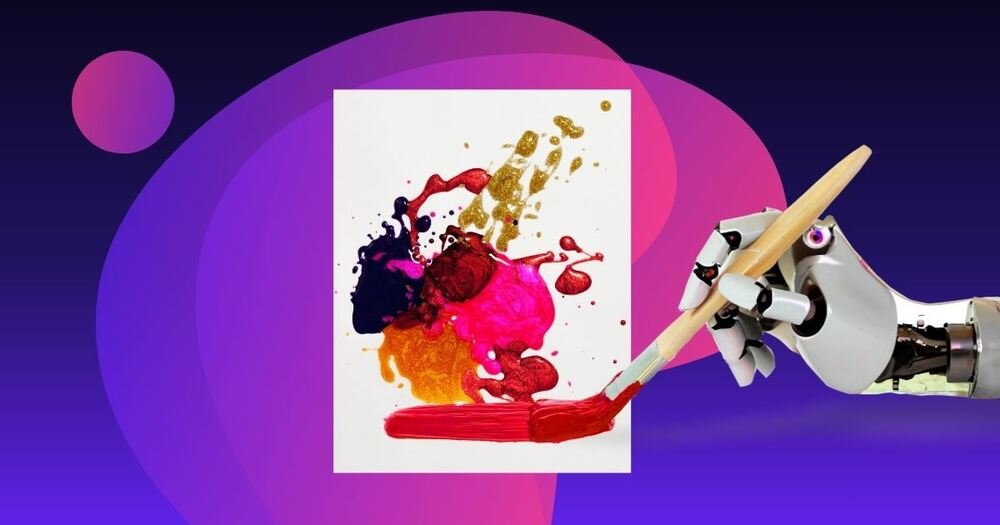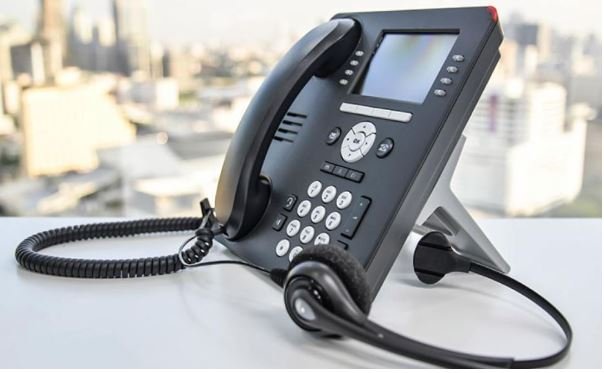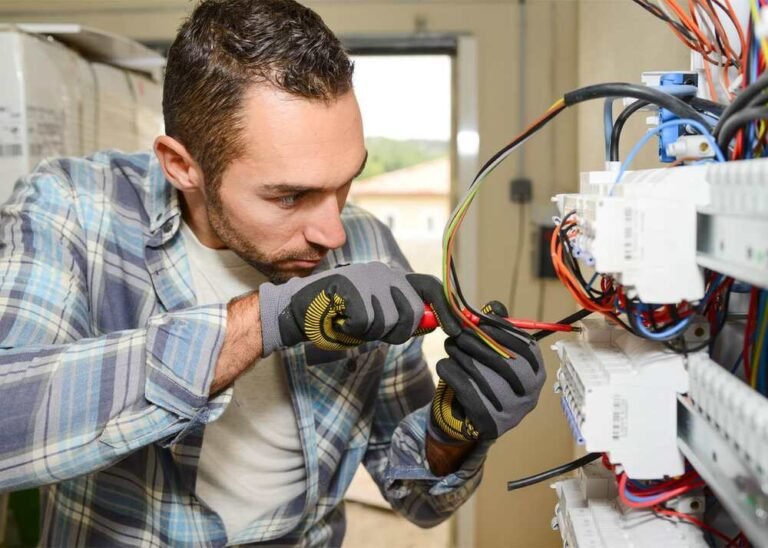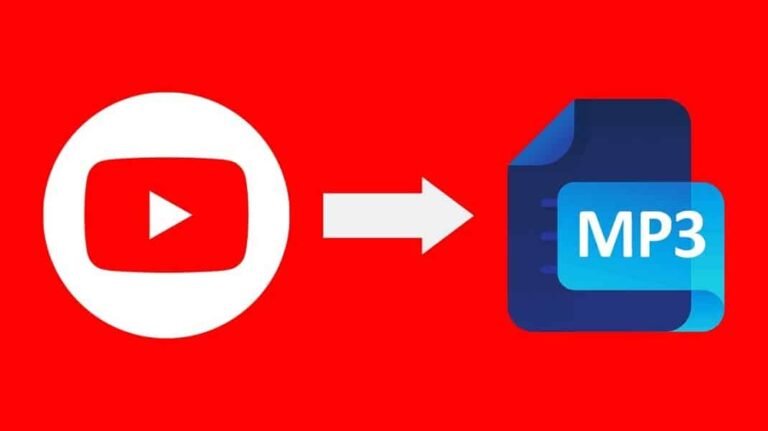AI-Generated POD Designs: A Boon for Creativity or the End of Original Art?

In a world where innovation and creativity often coexist, the emergence of artificial intelligence within the print-on-demand (POD) sector has ignited a fervent discussion. Are AI-generated designs catalyzing a renaissance in creativity? Or do they represent the gradual decline of genuine, human-crafted art? The answer is not straightforward; however, it is intriguing. Let us delve into the core of this discourse and explore how AI is transforming our perceptions of design, creativity, and art.
The Dawn of AI-Generated Designs in POD
Print-on-demand has perpetually centered on accessibility (and its implications). It empowers artists, entrepreneurs, and hobbyists to actualize their visions without necessitating extensive production. With the incorporation of AI-generated images, this procedure has accelerated and become more efficient than ever before.
Consider this: you are a small business owner aspiring to craft a distinctive t-shirt design. Instead of dedicating hours to brainstorming or employing a freelance designer, you input a few keywords into an AI tool and, within seconds, receive a polished, ready-to-print image. It feels like magic—however, it is a product of technology. Platforms such as MidJourney and DALL-E have transformed how designs are conceived.
They can generate captivating visuals that vary from hyperrealistic to fantastical, thus catering to an array of aesthetics. For small enterprises, this translates to reduced costs and accelerated production timelines. For consumers, it translates into a seemingly infinite selection to choose from. However, what implications does this hold for artists? This is where the complexities arise.
The Human Touch: Can AI Replace It?
Art has perpetually held a profoundly personal significance. It serves as a mirror of emotions, experiences, and perspectives—elements that, arguably, are inherently human. AI may excel in generating images; however, it lacks the essence of a creator who invests their soul into a canvas.
Consider Sarah (for instance): she is a Brooklyn-based artist who has spent years selling her designs on print-on-demand platforms such as Redbubble and Etsy. “When I create, it’s not just about the final product,” she articulates. “It’s about the journey, the trial and error and the story behind each piece. AI can’t replicate that.”
Although Sarah’s viewpoint is compelling, it is essential to acknowledge an alternative perspective. AI does not aim to supplant artists; instead, it functions as a tool. Like Photoshop or Procreate, it is designed to enhance creativity, not limit it. The crucial factor lies in its application.
Real-Life Examples: The Good, the Bad, and the Beautiful
The Success Narrative
Alex, a graphic designer from California, harnessed AI tools to develop a series of abstract patterns for phone cases. By merging his original concepts with AI-generated proposals, he introduced a collection that ultimately became a bestseller on Amazon. “It’s not about allowing AI to handle all the labor,” he asserts. “It’s about collaboration.”
The Controversy
In 2023, a print-on-demand (POD) store faced significant backlash for utilizing AI-generated artwork that bore a striking resemblance to the creations of an independent artist. The similarity was quite uncanny, which ignited discussions regarding copyright and originality. This particular incident underscored the ethical dilemmas posed by AI in creative sectors.
The Fusion of Tradition and Modernity
A fashion brand based in London employed AI to reinterpret vintage floral designs for a contemporary audience. The outcome? It is a breathtaking collection that pays homage to tradition while simultaneously embracing innovation. Customers were enamored with the blend of classic and modern elements.
These instances illustrate the multifaceted ways AI can influence the industry—however, the effects can be both positive and negative.
The Ethical Dilemma
One of the most significant challenges associated with AI-generated images is copyright. Who owns the rights to a design created by artificial intelligence? Furthermore, what transpires when an AI tool “inspires” itself by analyzing pre-existing artwork? Artists like Sarah express concern about their creations being “borrowed” without explicit consent.
However, tech enthusiasts contend that AI represents merely a new medium akin to how photography was perceived in its early days. The truth likely lies somewhere in the middle; to address these pressing issues, some platforms have begun to implement guidelines for the use of AI.
For instance, users are required to disclose whether their designs are AI-generated. Others actively explore methods to ensure AI tools do not infringe upon existing copyrights. These measures constitute a positive initial step, but the dialogue surrounding this topic is far from concluded.
Embracing the Future
Notwithstanding the controversies, one thing is evident: AI is here to remain. For the POD industry, this signifies boundless opportunities. For artists, it represents an occasion to reconsider how they engage with their craft. Although some may fear AI, creatives can welcome it as a collaborator.
By merging human intuition with machine precision, the innovation potential is boundless. Envision a world where artists and AI collaborate to extend the limits of design—a world where technology enhances creativity rather than supplanting it.
Conclusion: A Boon or a Threat?
Is AI-generated art a blessing for creativity or the demise of original artistry? The response hinges on one’s perspective. For some individuals, it poses a risk to authenticity; however, it serves as a means of empowerment for others. What remains irrefutable is that AI is transforming the creative terrain, compelling us to adjust and innovate.
Although we progress, the essential factor will be balance. By honoring human artists’ contributions while delving into AI’s possibilities, we can forge a future where art flourishes in all its manifestations—human, machine, and everything in between.
And isn’t that what creativity is all about?
Do Read: Blueprints for Efficiency: How Construction Management Software Redefines Project Success






